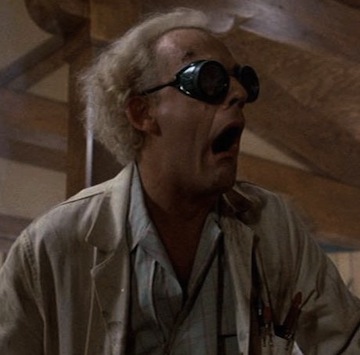Christine Sherman
My grandmother died last week. I wrote about it in my newsletter. It is reprinted here for posterity when Substack goes dark eventually.
—
She was my grandmother, but of course she was more than that. She was a human being with thoughts and wants and needs and she was not shy about telling you what they were. She and her late husband (who preceded her in death), our Nanny and Gramps, were the bedrock of our extended family. If one of their kids, grandkids, or great-grandkids needed help out of a bad spot, they were there every time. COVID-19 took Gramps from us last year. He died thinking it was a hoax thanks to Fox News. Nanny died gasping for air, too.
Nanny and Gramps would give their last dollar to a family member who asked for it and they would forgive nearly any transgression. Many of their kids and grandkids took great advantage of this and stole from them, lied to them, begged them to co-sign bad loans or buy cars with a promise to pay and just never did. My grandparents had come up with nothing, and knew how that felt and their family was everything to them. They both died with nothing much to their names except their social security checks and a reverse mortgage on the home they built together. Despite this, I know in my heart if you could ask them they would do it again. They would give again, and again.
My favorite memories with her are of waking up and making coffee for us (she liked it strong) when I lived with Nanny and Gramps, and arguing with her about whatever news was on the TV. She was smart and funny and enjoyed that kind of banter. When I first moved out, I’d still call and talk with her frequently, and she’d lament that “nobody here will argue with me.”
Christine Sherman née Perkins had a tenacious mind, and it made seeing her struggle with dementia and senility the last several years all the worse, for Nanny’s own quality of life foremost but not least of which for my mother who has been her tireless (and often sleepless) live-in caretaker. Still, everyone she knew was happy to see her and talk with her every time we could until the very end.
She believed in us, and proved it time and again, and boy did we need it. Without her help I don’t believe any of us, from her children to her great-grandchildren, would’ve had much of a chance at decent lives. Even with their help all of her kids spent time on food-stamps and government assistance, even the conservative family members reading this who like to pretend they never got any help.
I myself owe them so much- for helping my parents get a home when I was a baby, for letting my mother and brothers and me stay with them when that marriage dissolved, for buying us school shoes, for being at our meets and games, for always… being there for us. I could spend days telling you how much they did for us.
But Nanny and Gramps are no more. That bedrock, like so many things and people we used to lean on, is soon to undertake that final change into the inevitable dust and ash. Goodbye, Nanny. You gave us everything you had and more, and we loved you more than words could say. Still, I count myself lucky that I was able to say it, and hug you, one last time.


